Fit for Work Letter Templates for Professional Use
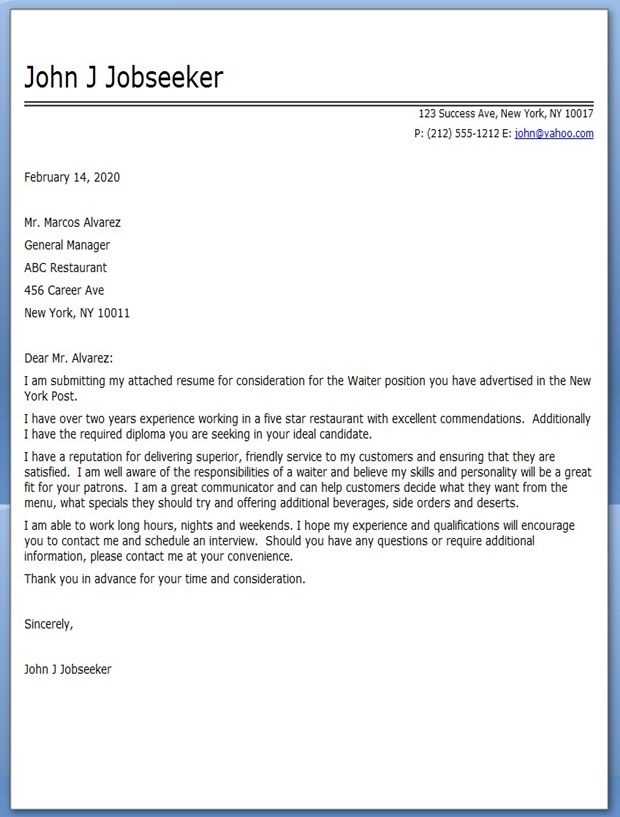
In many professional environments, health assessments are necessary to ensure an individual is capable of performing specific tasks safely and effectively. These documents play a crucial role in providing confirmation of a person’s fitness to engage in certain activities or return to their role after an absence.
Creating such documents requires a structured approach that includes relevant medical details, the individual’s capacity for work, and any conditions that might affect their ability to perform job-related duties. The right format can streamline communication between healthcare professionals and employers, ensuring compliance and clarity.
Having a clear and concise template is essential for both employers and employees. It helps outline the necessary information and avoids potential misunderstandings. This ensures that both parties are on the same page, promoting a safe and productive work environment.
What is a Work Capability Certification
This document serves as an official statement confirming that an individual is able to safely perform tasks required by their role. It provides assurance to employers that the person meets necessary health standards and is prepared to engage in specific duties without compromising safety or performance.
The certification typically includes a health evaluation conducted by a medical professional, detailing the person’s physical and mental state. It may highlight any limitations or recommendations to accommodate the individual’s needs, ensuring they can effectively participate in their job responsibilities.
Employers use this statement to verify an employee’s readiness to return after an illness, injury, or extended leave. It helps in maintaining a safe environment by preventing workplace incidents and ensuring that employees are not at risk of further harm.
Understanding Its Role in Employment
This document plays a key role in ensuring both employers and employees are aligned regarding a person’s ability to perform job duties. It provides a formalized assessment of an individual’s health, confirming their readiness to engage in specific responsibilities without risk. Having such a document in place helps reduce misunderstandings and supports both parties in maintaining a safe working environment.
Importance for Employers
Employers rely on these certifications to make informed decisions regarding hiring, job assignments, and return-to-work processes after illness or injury. It allows businesses to minimize workplace risks and ensures compliance with occupational health and safety regulations.
Benefits for Employees
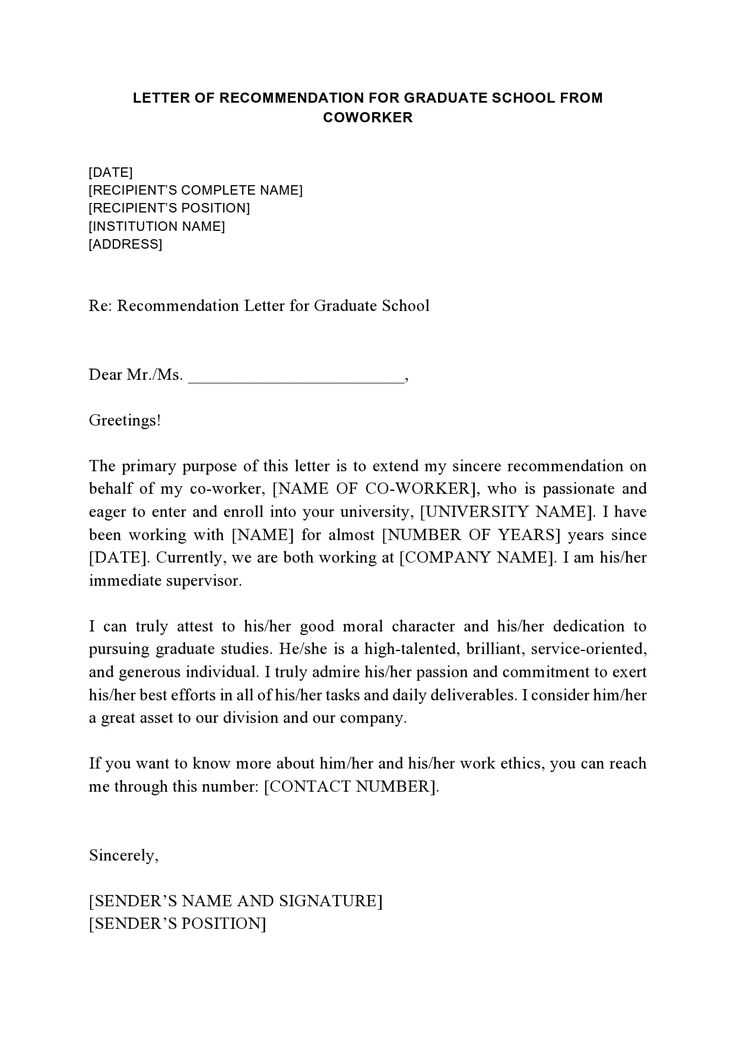
For employees, having a clear statement of their capabilities ensures they are not asked to perform tasks beyond their current health status. It also provides a transparent way to discuss accommodations or modifications that may be needed to perform their duties effectively.
| Benefit | Employer | Employee |
|---|---|---|
| Risk Mitigation | Ensures safe tasks and job placement | Ensures personal safety and well-being |
| Compliance | Adheres to health and safety regulations | Confirms readiness to resume duties |
| Transparency | Clear health status for workplace safety | Clarifies abilities and limitations |
How to Draft a Health Certification Document
Creating an effective document that confirms an individual’s readiness to engage in specific duties requires attention to detail and clarity. The key is to include all necessary information while maintaining a professional tone. This ensures that the document can be easily understood by both the healthcare provider and the employer, facilitating clear communication.
Essential Information to Include
To draft a comprehensive and effective document, you should ensure that the following details are included:
- Personal details of the individual (name, date of birth, etc.)
- Specific duties or tasks the individual is assessed for
- Health status and any limitations affecting performance
- Recommended accommodations, if applicable
- Duration of the certification’s validity
- Signature and contact details of the healthcare provider
Formatting Guidelines
Structure is vital to create a well-organized document. The following steps can help you achieve a professional layout:
- Start with the personal information section at the top.
- Provide a clear introduction to the purpose of the assessment.
- Outline the health evaluation and any conclusions drawn.
- Conclude with any additional recommendations or restrictions.
- Ensure the document is signed and dated by the appropriate medical professional.
Step-by-Step Guide for Writing the Document
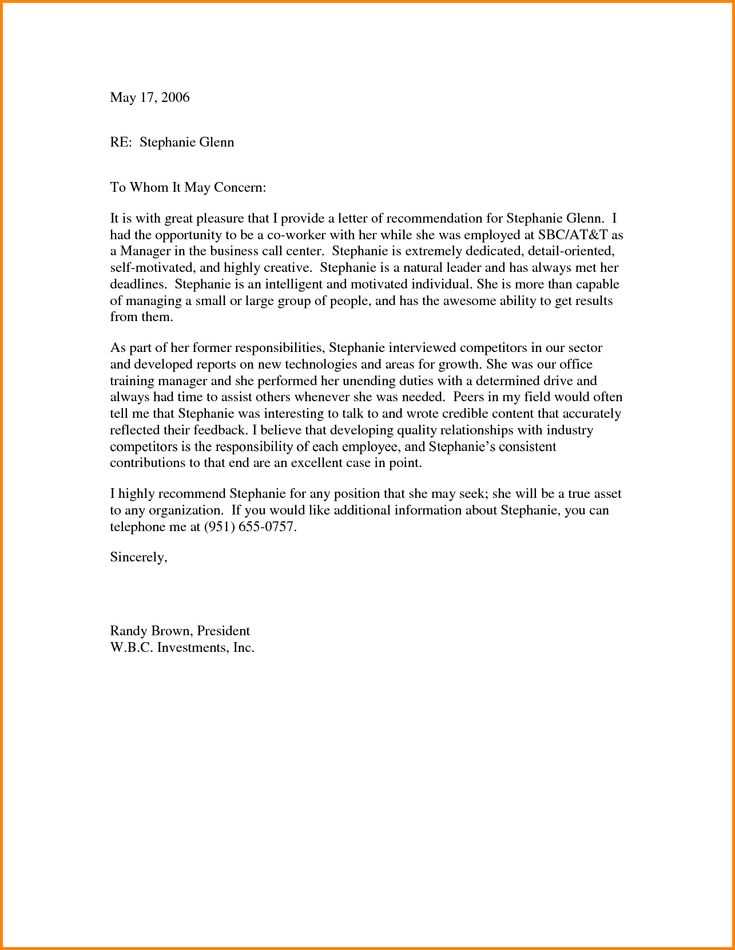
Creating a clear and professional statement to confirm an individual’s ability to perform specific tasks requires careful attention to detail. This guide provides a straightforward approach to drafting a document that communicates the necessary health assessments and work readiness information.
1. Start with Basic Information
Begin by including the individual’s full name, date of birth, and contact information. This ensures that the document is correctly attributed to the right person. Be sure to also list the job role or tasks the person is being assessed for, as this provides context for the evaluation.
2. Include Health Assessment Details
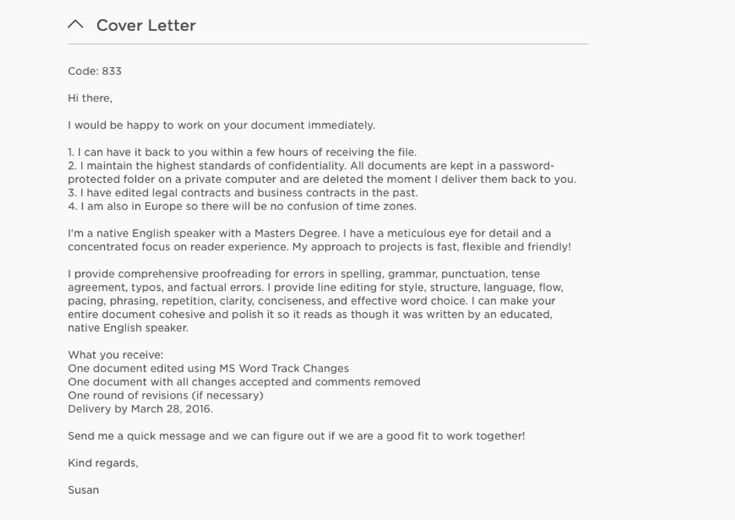
The next section should outline the health evaluation, including any findings that may affect the individual’s ability to perform specific duties. Use clear language to describe the person’s current physical and mental health status, emphasizing their capacity to work without risk of harm.
If necessary, recommend any accommodations or adjustments to the person’s duties to ensure they can perform the tasks safely and effectively. This information is critical for employers to understand how to support the employee appropriately.
Essential Information to Include
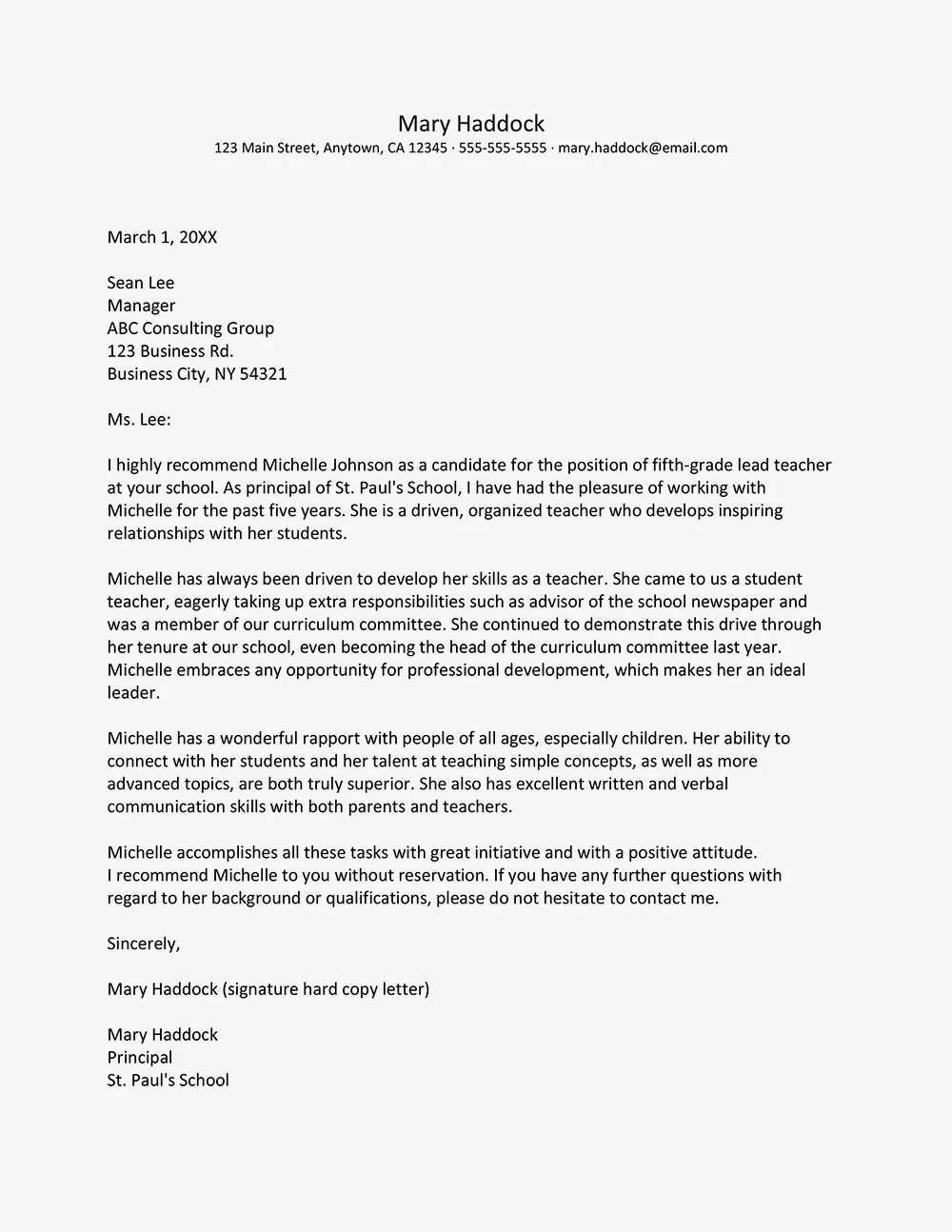
When drafting a document that confirms an individual’s readiness to perform job-related tasks, it’s important to include specific details to ensure clarity and accuracy. The content should provide a clear assessment of the person’s ability to safely engage in their role and any relevant health considerations.
First, include the personal information of the individual being evaluated, such as their name, date of birth, and contact details. This ensures that the document is properly attributed to the right person.
Next, provide a description of the role or tasks the individual is being assessed for. This helps contextualize the health evaluation and gives both the employer and the medical professional a clear understanding of the job requirements.
It’s also crucial to detail the results of the health assessment, including any conditions or restrictions that may affect the person’s ability to perform specific duties. This section should be clear and concise to avoid any misunderstandings.
Finally, the document should include a statement from the healthcare provider confirming the individual’s capacity to perform the job, along with any recommendations or accommodations that may be necessary to ensure safety and efficiency in the workplace.
Key Components of a Work Fitness Note
A document that assesses an individual’s readiness to perform job duties effectively must include essential elements to ensure it is both comprehensive and clear. These components provide vital information to both employers and healthcare professionals, making sure that the individual is physically and mentally prepared to take on specific tasks.
Here are the critical components that should be included:
- Personal Information: The name, contact details, and identification of the individual being evaluated.
- Assessment Summary: A clear summary of the individual’s health status, including any conditions that could affect their ability to perform certain tasks.
- Job Role or Tasks: A description of the role or specific tasks the individual is being evaluated for, which gives context to the assessment.
- Medical Evaluation: Details of the evaluation process, including any findings, limitations, or restrictions based on the individual’s health.
- Recommendations: Any necessary accommodations, modifications, or adjustments to ensure the individual can safely perform the job.
- Healthcare Provider’s Statement: A statement from the medical professional confirming the individual’s ability to perform their duties or listing any restrictions.
Including all of these components ensures that the document is both clear and legally sound, providing a thorough overview of the individual’s health and work capability.